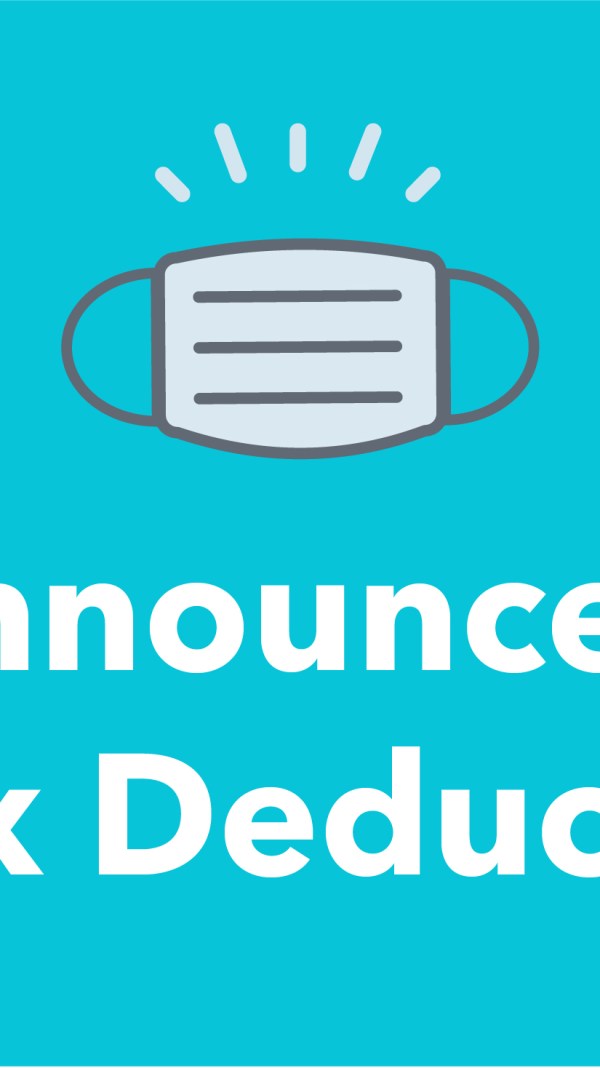The end of the year is a busy time for most people. There’s buying gifts, decorating your home for the holidays, and finishing up last-minute work projects. The last thing you need is one more thing on your daunting to-do list.
Unfortunately, the end of the year is the perfect – and maybe only – time to tackle some key financial decisions. This is why it is helpful to carve out some time between the holidays and new year to tackle important end-of-the-year money moves.
Spend Your FSA Funds
If you have a Flex Spending Account (FSA, also called a Flexible Spending Arrangement), you may have to use the funds by December 31.
An FSA is a special program that allows you to set aside pre-tax dollars to pay for qualifying out-of-pocket health care costs. FSA accounts can be used to pay qualified medical expenses outlined by your job’s plan and generally include medical and dental expenses such as copays for doctor’s visits and some medication.
FSAs are less flexible than Health Savings Accounts (HSA) in the sense that they have a “use it or lose it” policy. If you don’t spend the money in your FSA within a specified time frame, usually by December 31, the funds will simply disappear. Talk to your HR department and ask about your company’s FSA policy. Some employers will let you roll over a partial amount, up to $610 for 2023, to the next year, whereas others will give you a grace period, up to 2.5 months, to spend the money.
Either way, you should determine how much you have left in your FSA, how much will roll over to the next year, and if you have any funds you need to spend before December 31.
If you do, here are some examples of FSA-eligible expenses you may be able to buy for yourself, your spouse if you’re married, and your dependents:
- Contacts, glasses and eye drops
- Certain baby-related products like a breast pump
- First-aid products like bandages
- Over-the-counter medicine (whether or not prescribed)
- Menstrual products
- Doctor’s visits copayments
Note that your FSA plan may have its own rules. Make sure you double-check with your FSA plan on what you can and cannot use the funds for.
Try not to stock up on something you don’t actually need or that will expire before you can use it. For example, buying three tubes of sunscreen in December may be wasteful unless you live in a warm climate.
Evaluate Retirement Contributions
While many employers let you change your 401(k) contributions at any point during the year, some only allow modifications once a year. If that time is coming up, reevaluate your retirement contributions.
A general rule of thumb is to save between 10% and 15% of your salary for retirement. However, the exact amount depends on your goals, age, and ideal retirement lifestyle. If you’re not currently saving that much, see if you can bump up your 401(k) contributions, especially if your employer matches your contributions.
Now is also the perfect time to figure out if you need to change your asset allocation. For example, if you want a 70/30 split between stocks and bonds, and your allocation is now at 80/20, you can change your contributions until you’re back closer to 70/30.
If you have extra money in your bank account, you can also max out your Individual Retirement Account (IRA) for the year. For 2023, the annual IRA limit is $6,500 or $7,500 if you’re 50 or older. You’ll technically have until April 15, 2024, to make contributions for 2023. However, be sure to let your plan administrator know that the contribution is for 2023 and not 2024 if you make the contribution after December 31st.
Whether you are contributing to a 401(k) or a Traditional IRA you can reduce your taxable income while saving for the future so deciding your retirement strategy now is not a bad idea.
Confirm Correct Tax Information
Whether you’re a freelancer or a W-2 employee, use this time to confirm that your employer or companies you work with have your correct information for tax filing purposes. If you are a traditional W-2 employee make sure your employer has an updated W-4 form. Employers use the information provided on your W-4 to calculate how much taxes to withhold from your paycheck throughout the year. If you are an independent contractor, rideshare driver, side-gigger, or other self-employed individual make sure you submit an updated W-9 form with the companies or clients you do business with.
For example, if you moved within the last year, you should submit a new form with your current address. If you’re a contractor and changed your tax filing designation, you should make sure your clients have the most recent version of your W-9.
Remember, 1099s and W-2s are issued in late January so it’s best to update your info now. It’s much easier for employers to create a new document than to correct an already-issued form. If you freelance for multiple clients, it’s always a good idea to send over your most recent W-9 to all of them.
Go Through Your Subscriptions
If you’re like most people, you’ve probably signed up for a subscription, or several of them, not used it and forgotten about it until the next bill comes. The end of the year is a great time to review all your subscriptions and cancel the ones you’re not actively using.
And while it’s relatively easy to see which subscriptions you have every month, it’s the annual or quarterly ones that can really trip you up with unexpected charges.
Give yourself a few days to review all your subscriptions. Yes, we mean all of them. Download your bank and credit card statements for the past year. Go through all the statements, focusing on recurring subscriptions from the past year. Write down how often you use the subscription and figure out the cost-per-use. Then, try to eliminate the ones you use the least.
Tax Losses
When you invest money in the stock market, your investments can increase or decrease in value. If you sell a security for a profit, you may have to pay capital gains taxes. However, if you sell a security for a loss, you can deduct up to $3,000 in capital losses from your income. If your capital losses are more than $3,000 you can carry forward any remaining losses to the next tax year. .
If you have already sold some securities for a gain during the year and are worried about the tax implications, you can sell other securities for a loss to help offset the gains on your other investments This strategy is known as tax-loss harvesting.
Convert a Traditional IRA to a Roth
Two common types of IRAs are: traditional and Roth. A traditional IRA lets you deduct contributions on your taxes, but you’ll pay taxes when you withdraw funds in retirement. With a Roth IRA, you contribute after-tax dollars but when you withdraw the funds at retirement they are tax-free.
Anyone of any age can contribute to a Roth IRA as long as they have earned income. There are limitations on the amount of earned income you can make in order to contribute to a Roth IRA and the amount of money you can contribute to your Roth IRA depends on your modified adjusted gross income (MAGI). If you’re able to contribute to a Roth IRA, you can convert a traditional IRA to a Roth IRA. Keep in mind that you will have to pay taxes on the conversion. So a Roth IRA conversion may not be right for you if you will need to deplete other assets or use the retirement funds themselves to pay for the taxes due on the conversion.
Generally, converting a traditional IRA to a Roth IRA may be a good idea for you if you won’t need the converted funds for at least 5 years as there is a five-year wait period if you are under age 59.5 before you can distribute the converted amount without owing additional taxes. Moreover, This is especially good to do if your income was lower this year than it normally is. For example, if you were unemployed for a few months in 2023, now might be the best time to convert to a Roth IRA because you may be in a lower tax bracket and the taxes of a conversion from traditional to Roth IRA are based on your ordinary income (your tax bracket). This means you could pay less in taxes when you convert.
The bottom line
With so much going on at the end of the year, it can feel hard to get motivated to tackle these items. But think of it as the best present you can give yourself. Instead of starting the new year with a huge financial cloud hanging over your head, you’ll be on the right track to meet your financial goals.
-
Previous Post
Gen Z Homeownership: Are They Buying More or Less


















